panzershreck
TPF Noob!
convention is to turn left, when the road goes left, and to turn right, when the road goes right, and not turn at all, when the road isn't turning
*but* there is no exact way to drive
though knowing the conventions is a good start than building on nothing at all (unless you enjoy exploding cars driving off cliffs - i know i do)
*but* there is no exact way to drive
though knowing the conventions is a good start than building on nothing at all (unless you enjoy exploding cars driving off cliffs - i know i do)


 Serously, once you've finished your ten years work, is it available for disecti... I mean, reading? You're right of course, but I claim still that a single negative makes a photographic image, but not a photograph when it's produced from a series of exposures.
Serously, once you've finished your ten years work, is it available for disecti... I mean, reading? You're right of course, but I claim still that a single negative makes a photographic image, but not a photograph when it's produced from a series of exposures.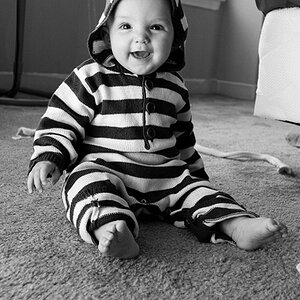
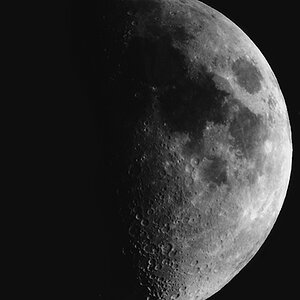
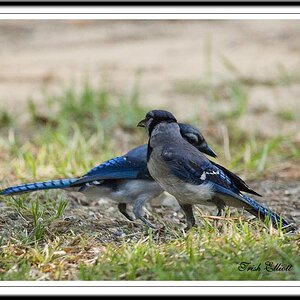
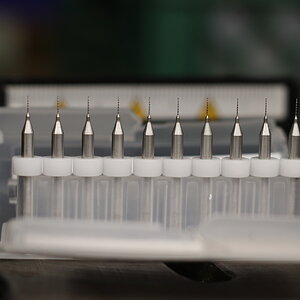
![[No title]](/data/xfmg/thumbnail/32/32711-b57dd72845f94aa34b3bd7207b07f98c.jpg?1619735616)
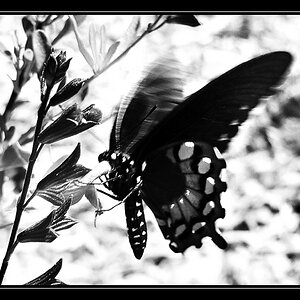
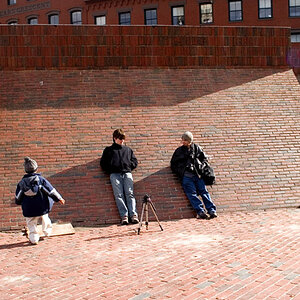
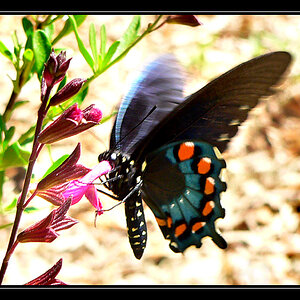
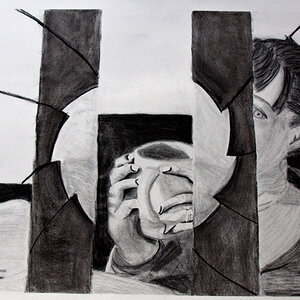
![[No title]](/data/xfmg/thumbnail/37/37118-b2220638658eaeed2b9256c9a8fd0cf0.jpg?1619737883)

![[No title]](/data/xfmg/thumbnail/32/32710-b10dfc8ee698235cdc1e7572139173e8.jpg?1619735614)